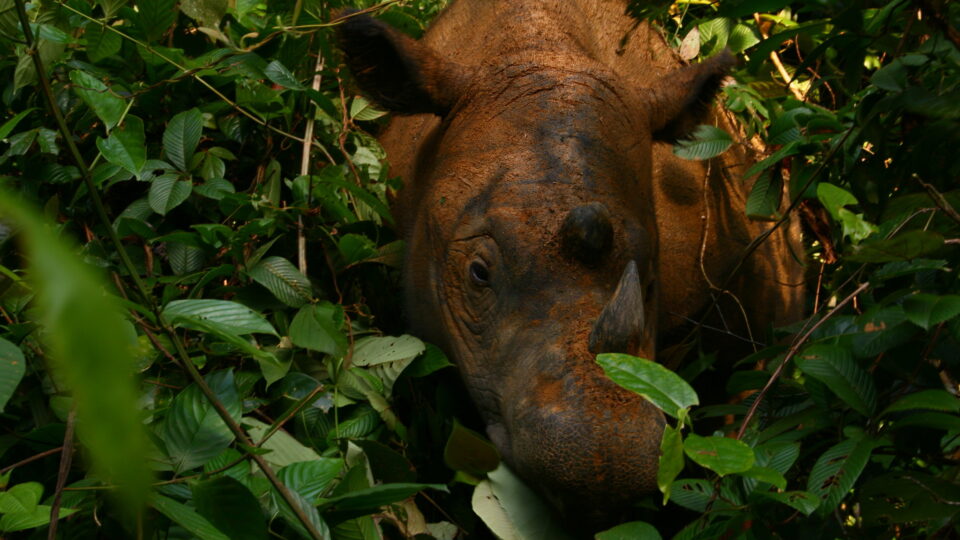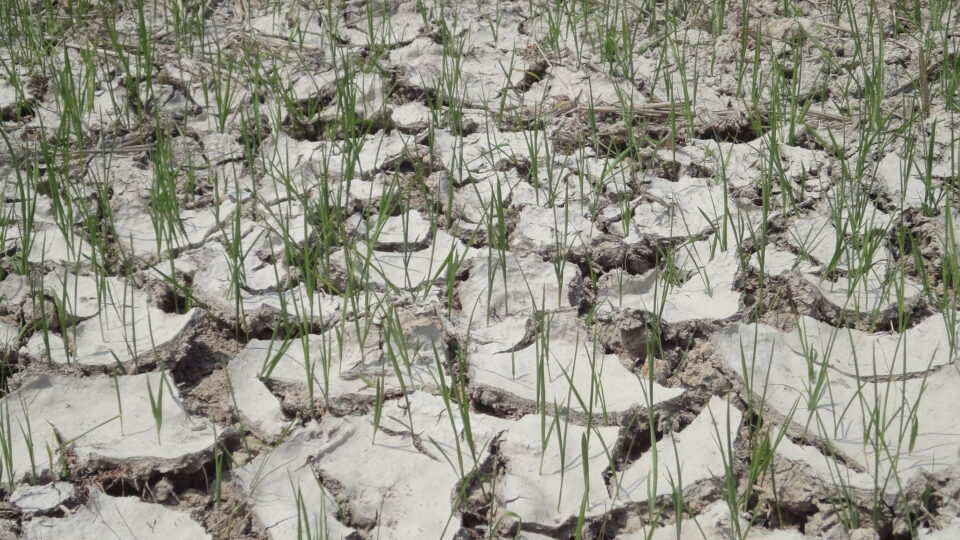Rare earth elements are a group of 17 elements that are used to improve the performance, efficiency, and durability of a wide range of products. More than 200 products across a diverse set of applications make use of rare earth elements. Although the amount of rare earth used in a particular product may not be very much of its weight, volume, or monetary value, it may often be necessary for the device even to function. Rare earth elements react with other elements to form compounds that are essential because of their specific chemical behaviors.
Rare earth elements are not actually rare; in fact, they are fairly common. But they are mostly not found in their pure form and are generally difficult to refine. China accounts for more than 90% of global production of rare earth elements and this represents a strategic problem for the rest of the world.
New research by scientists from the Australian National University has found that some extinct volcanoes, which have not erupted for thousands or even millions of years, may be rich sources of rare earth elements. Furthermore, those elements may be easier to extract than the ones from other sources because the iron-rich magma that formed the volcanoes could be up to 100 times more efficient at concentrating rare-earths than magma found in active volcanoes today.
The clean tech industry uses rare earths for wind turbines, solar panels, and electric cars. The demand for rare earths may grow fivefold by the end of this decade. Relying on just one country for the world’s supply is a major concern. There are ancient volcanoes all over the planet and they may represent a solution to a global problem.
**********
Web Links
Extinct Volcanoes Could Be Source of Key Metals Needed for Clean Tech
Photo, posted June 6, 2020, courtesy of Dennis Jarvis via Flickr.
Earth Wise is a production of WAMC Northeast Public Radio




